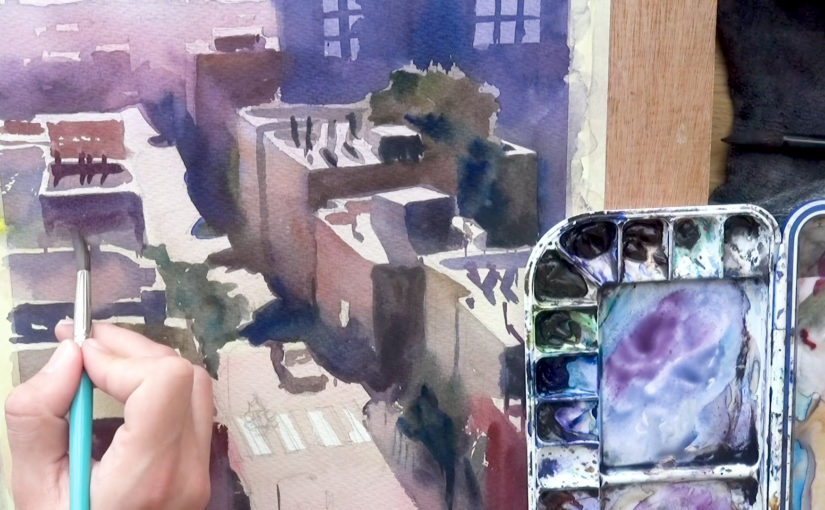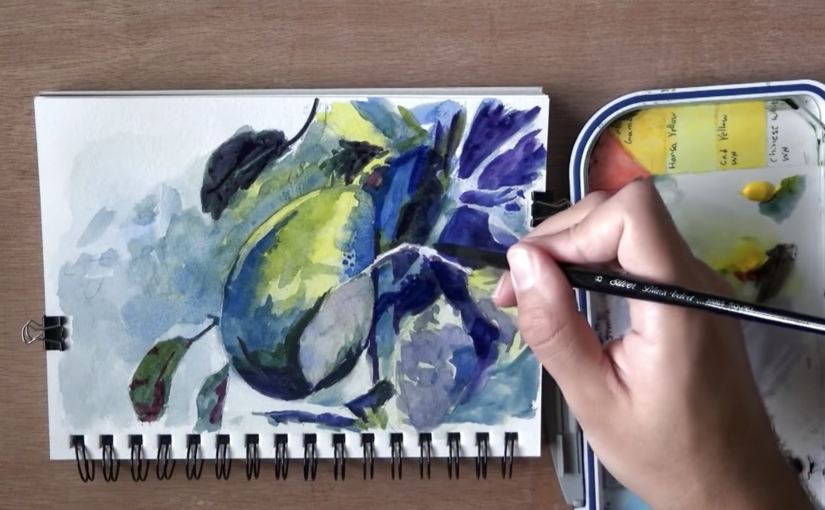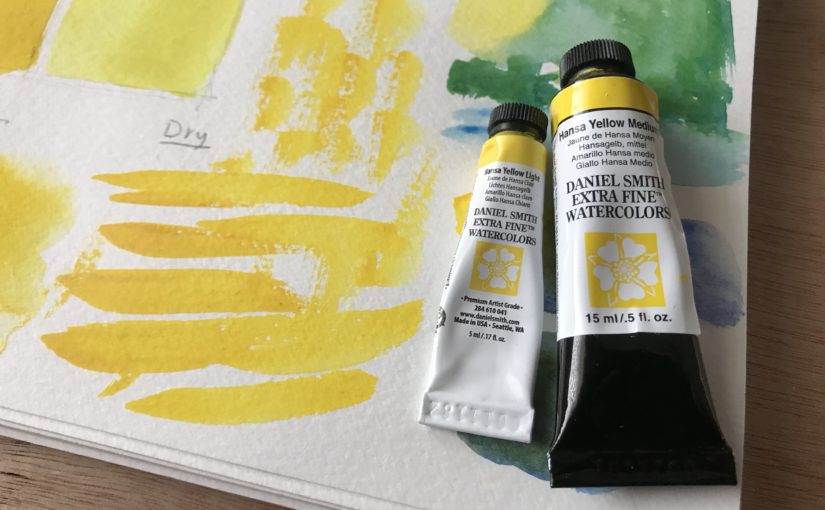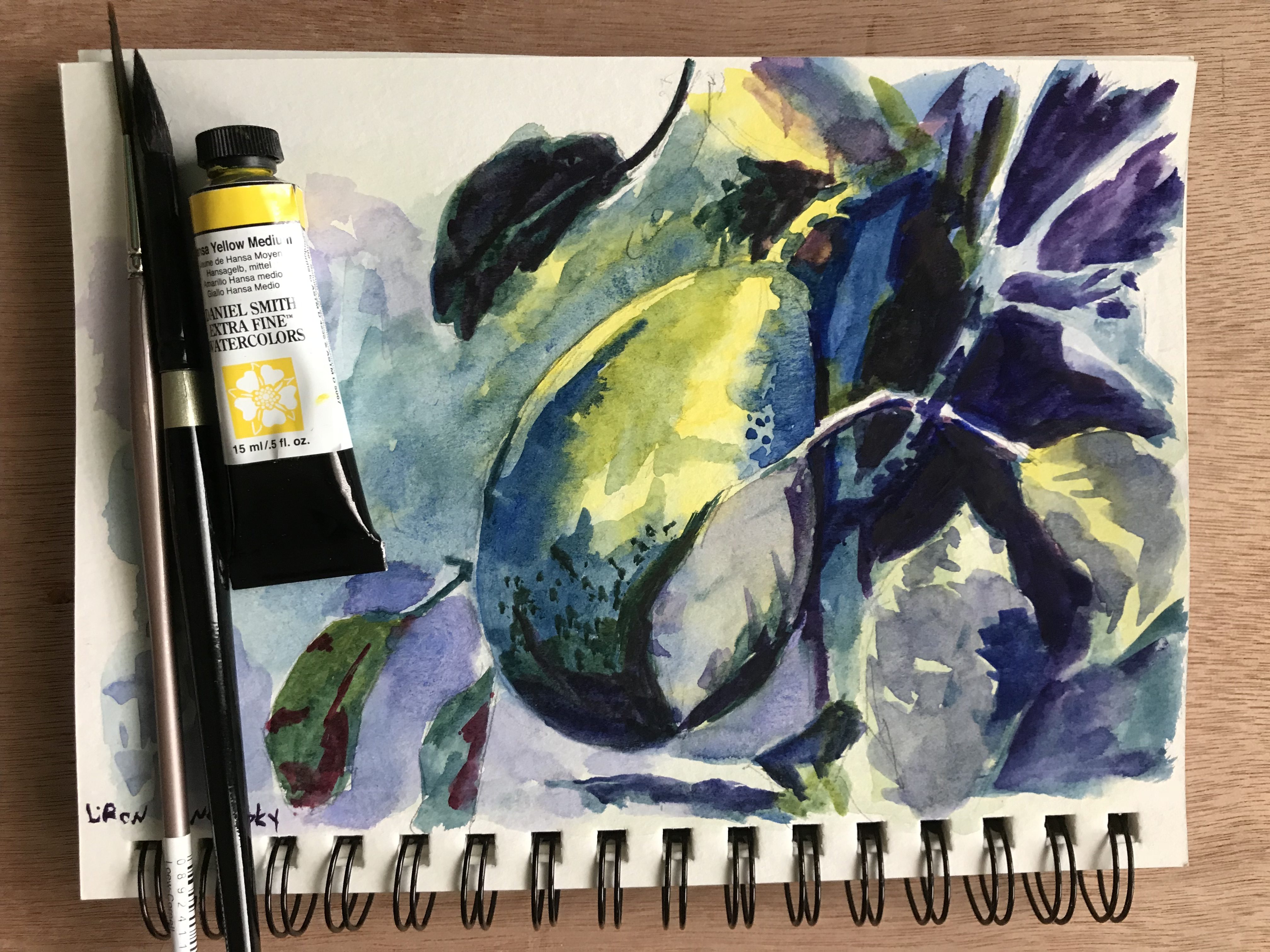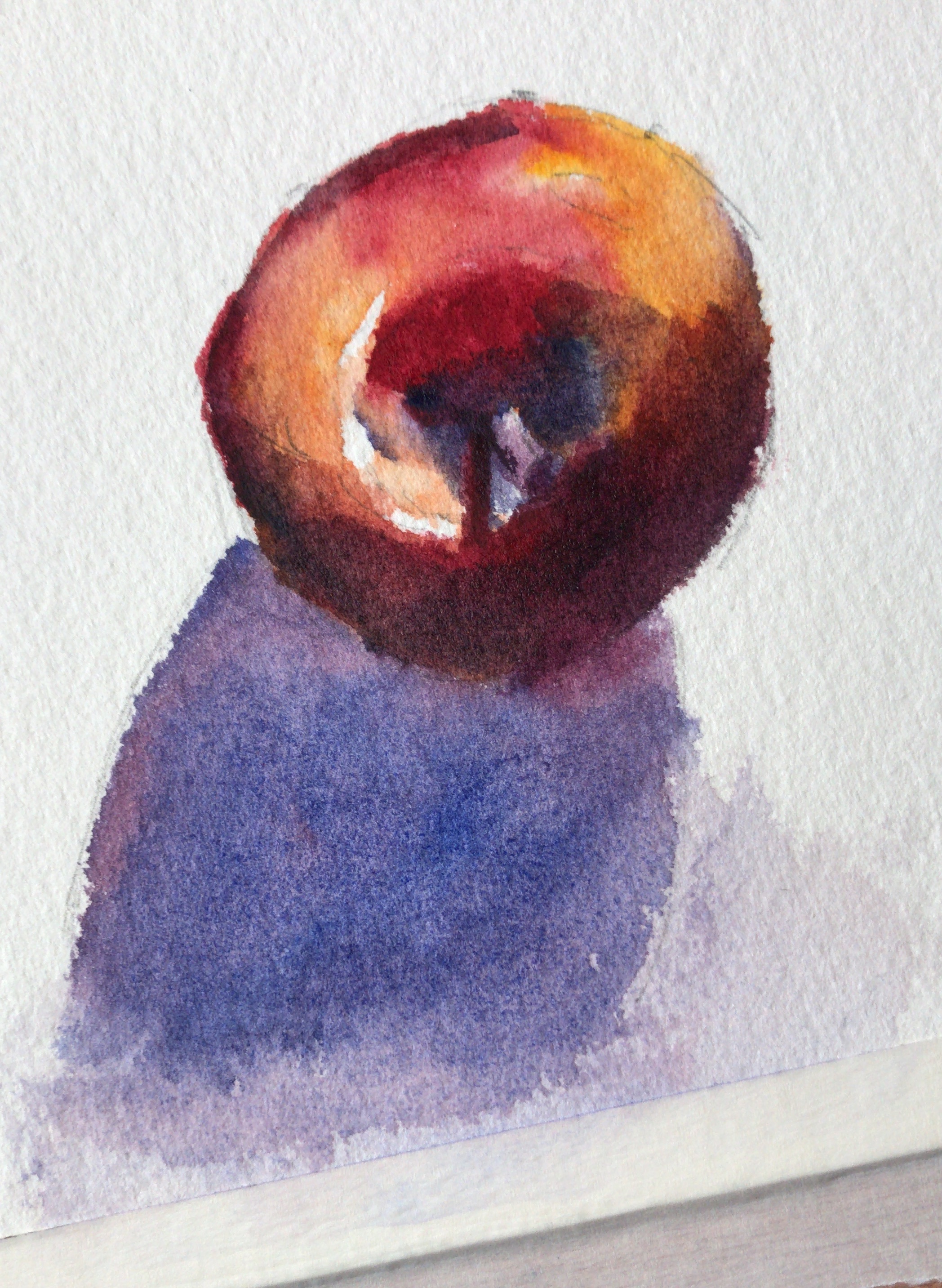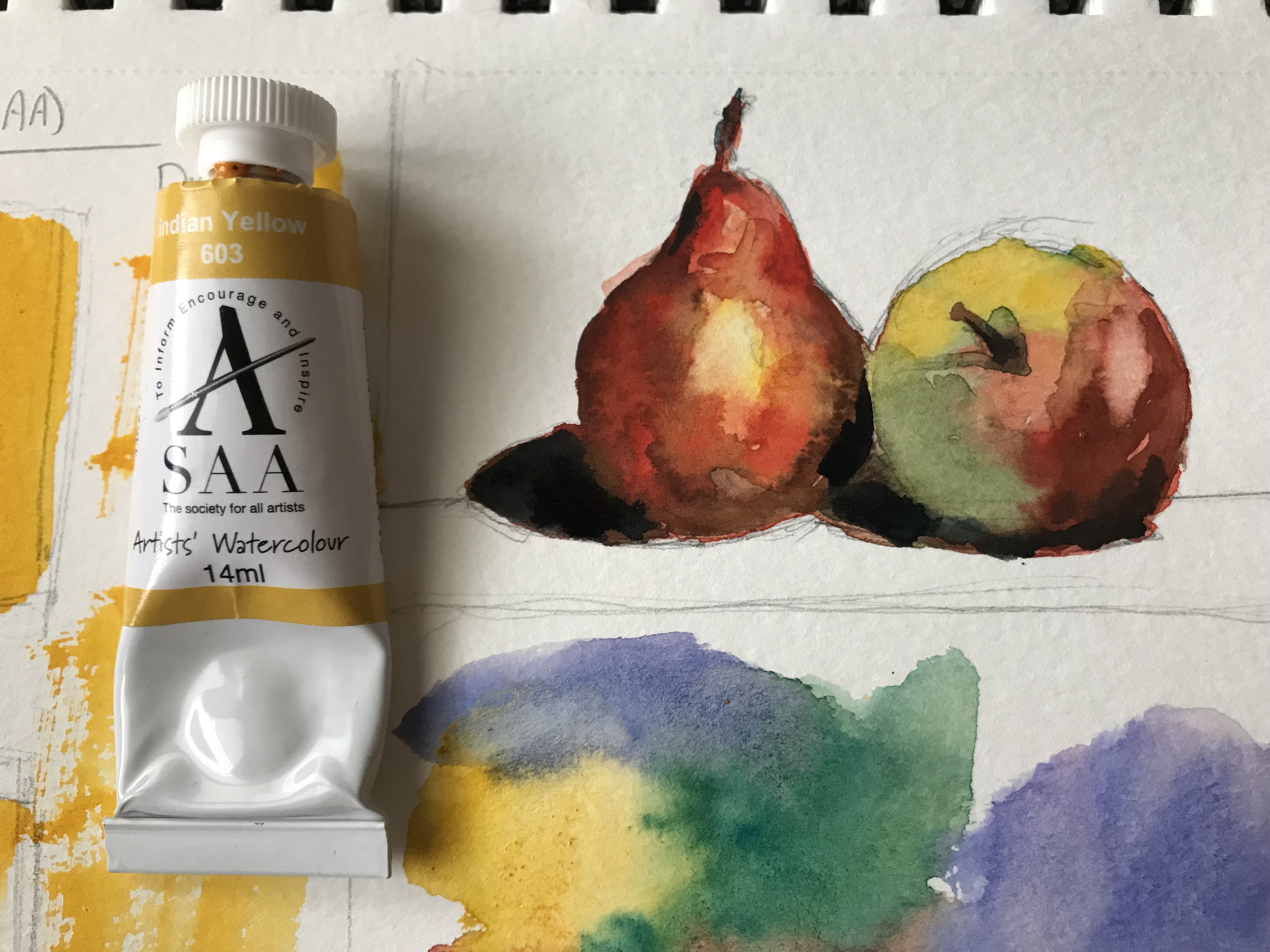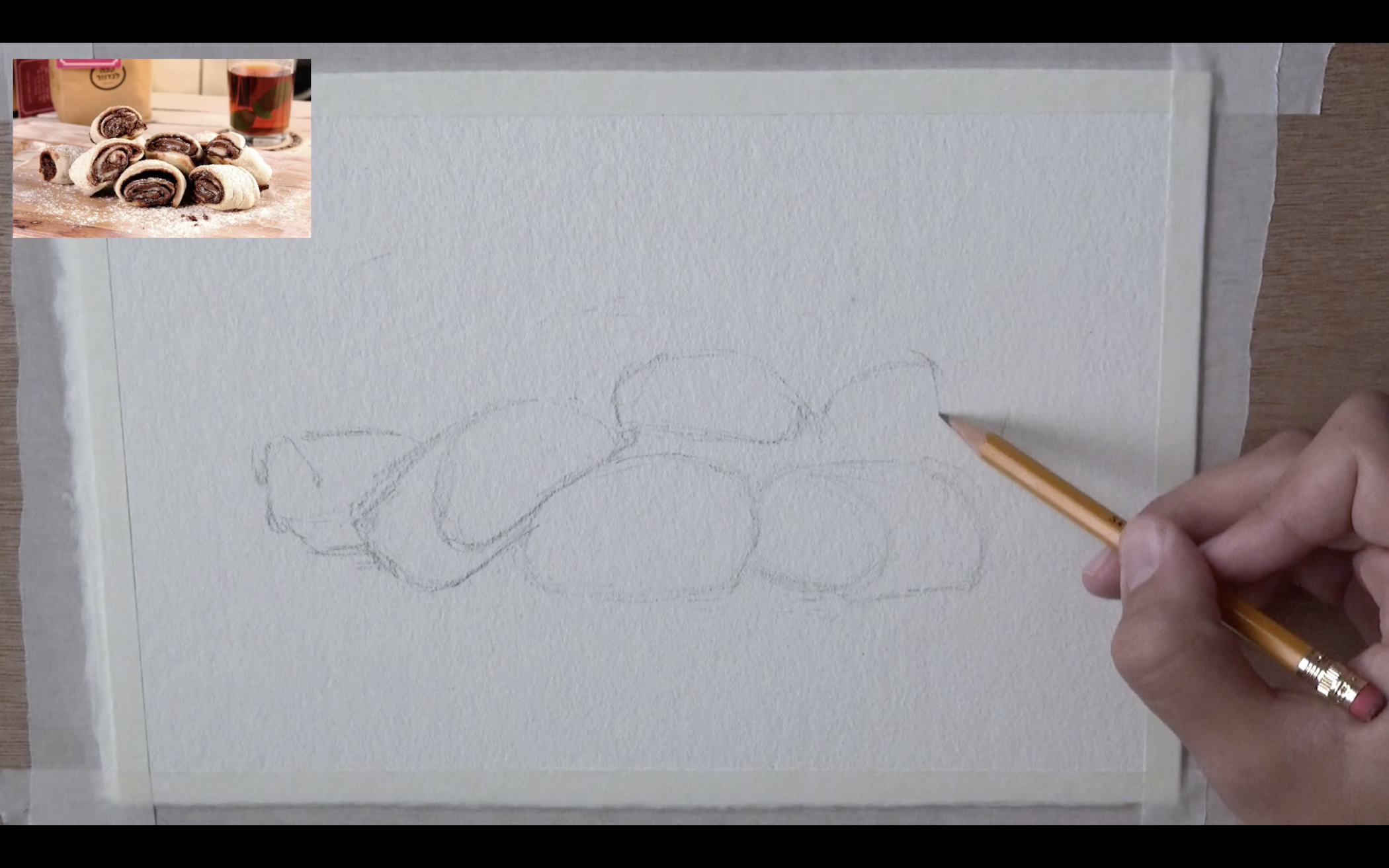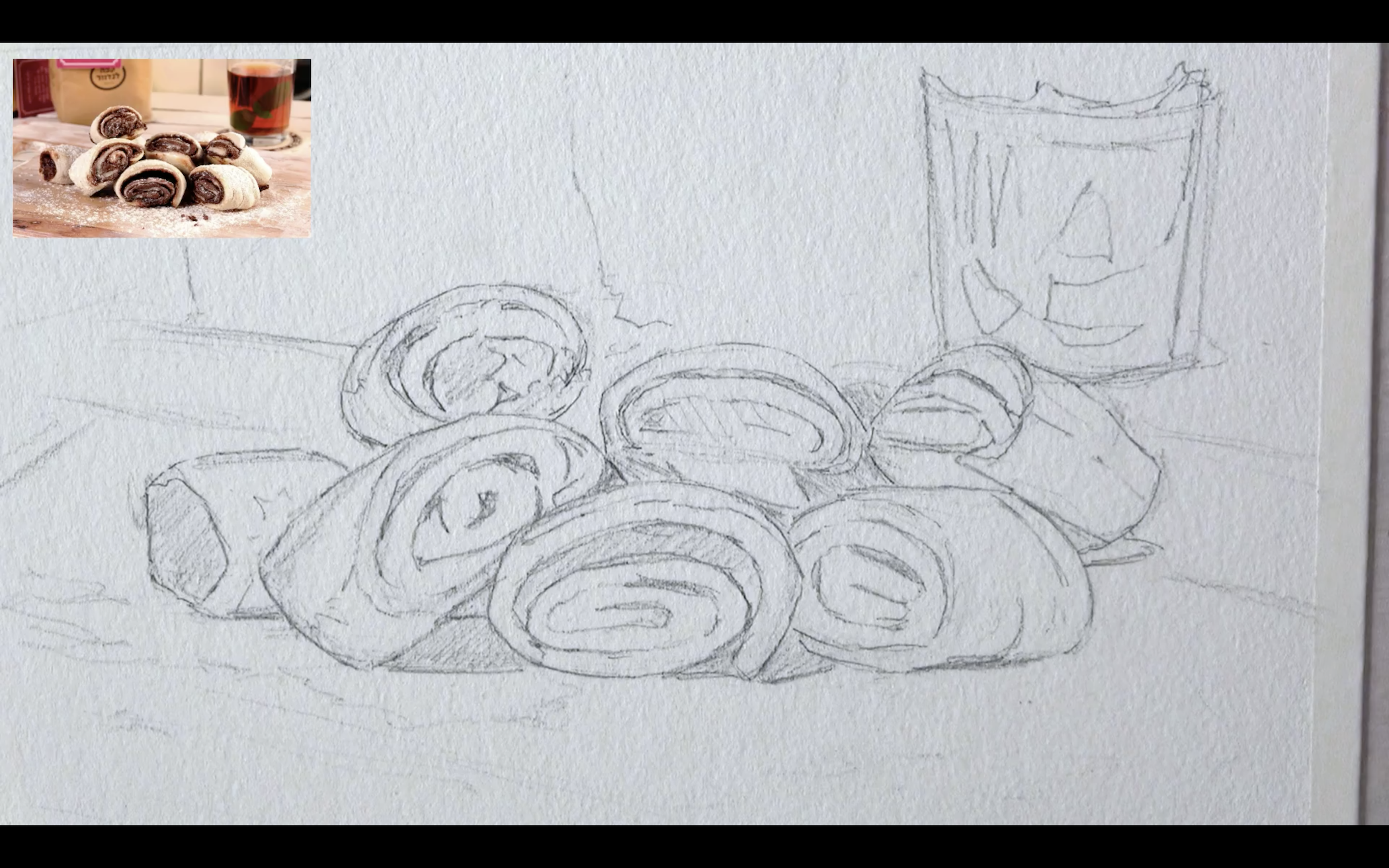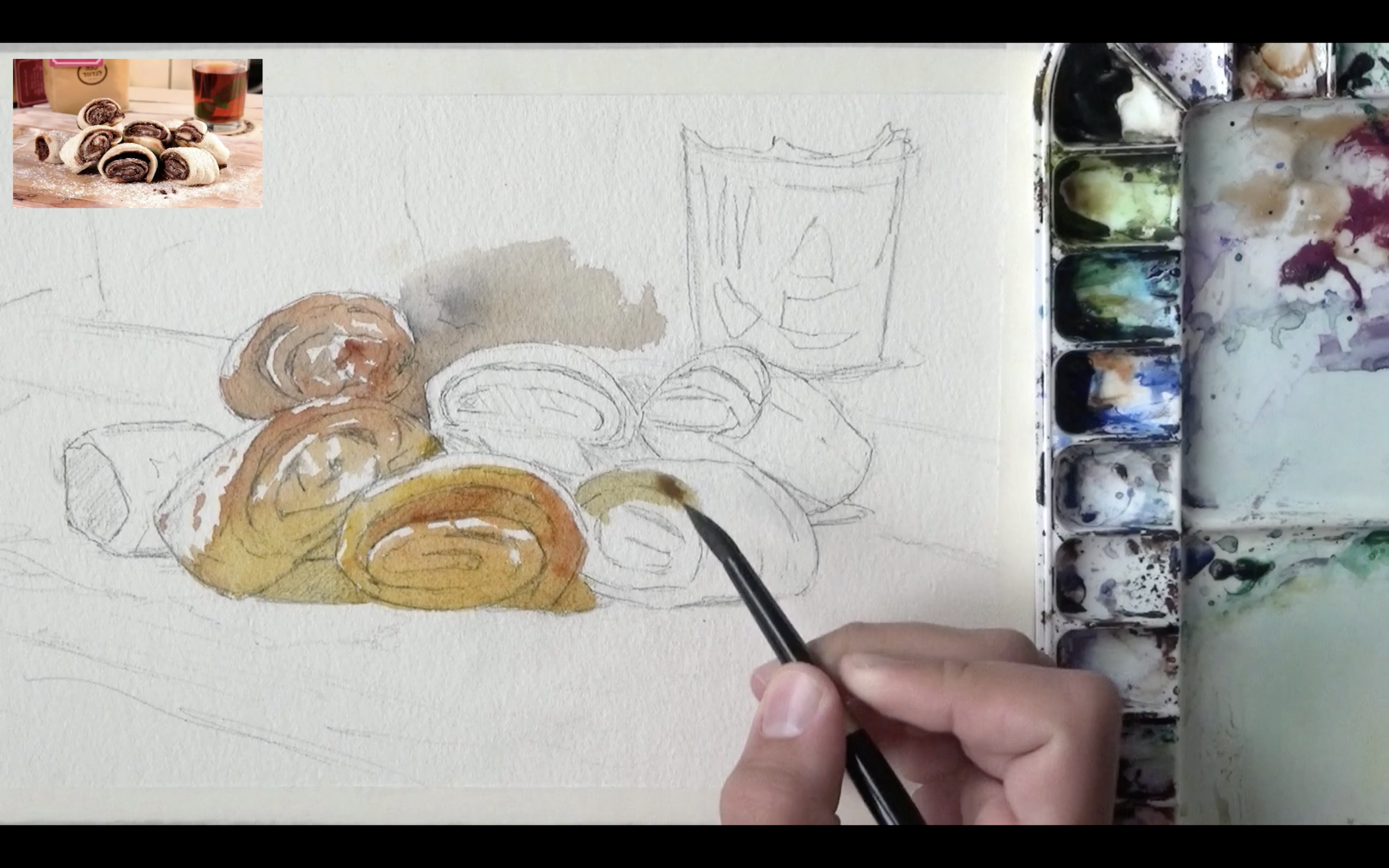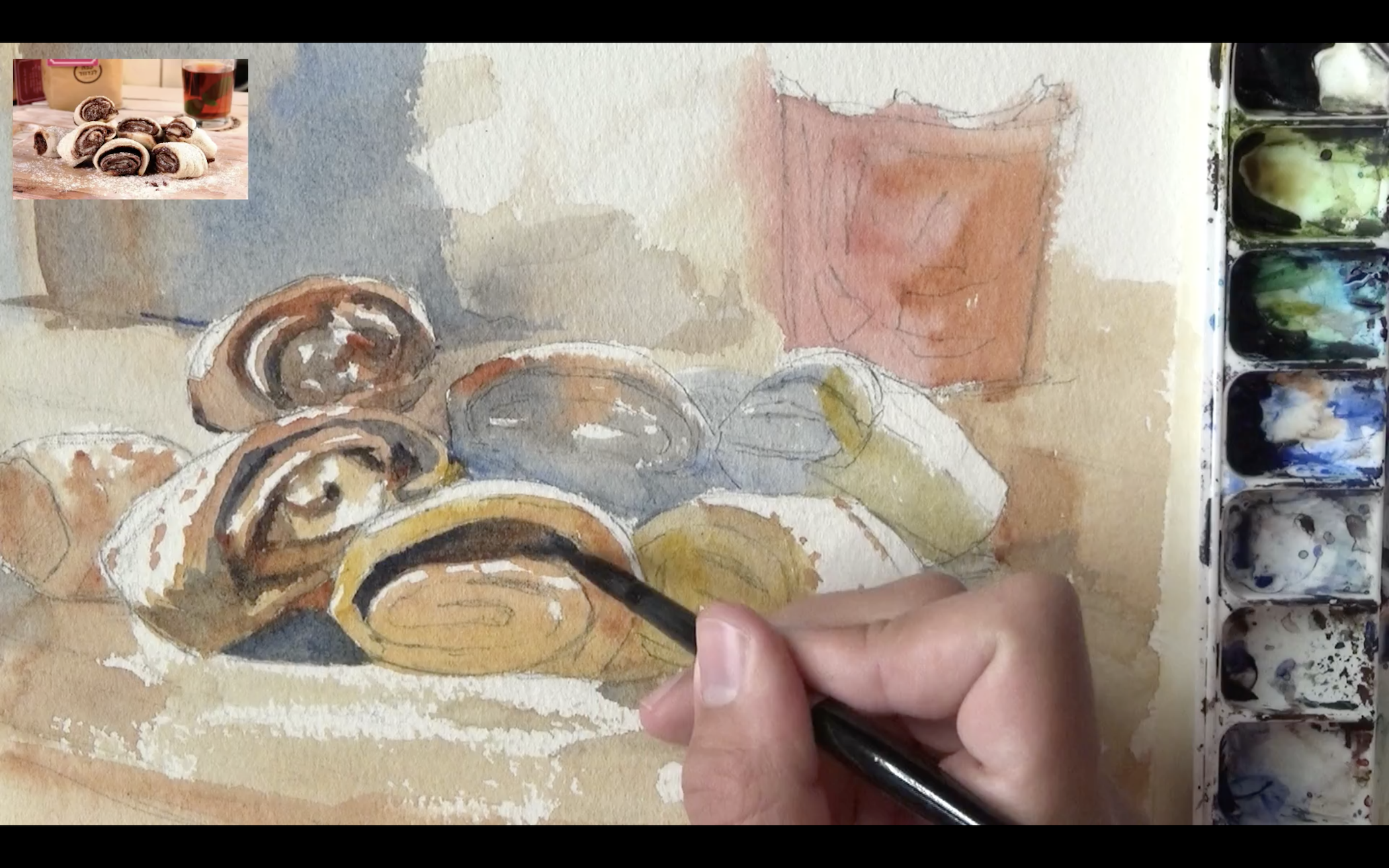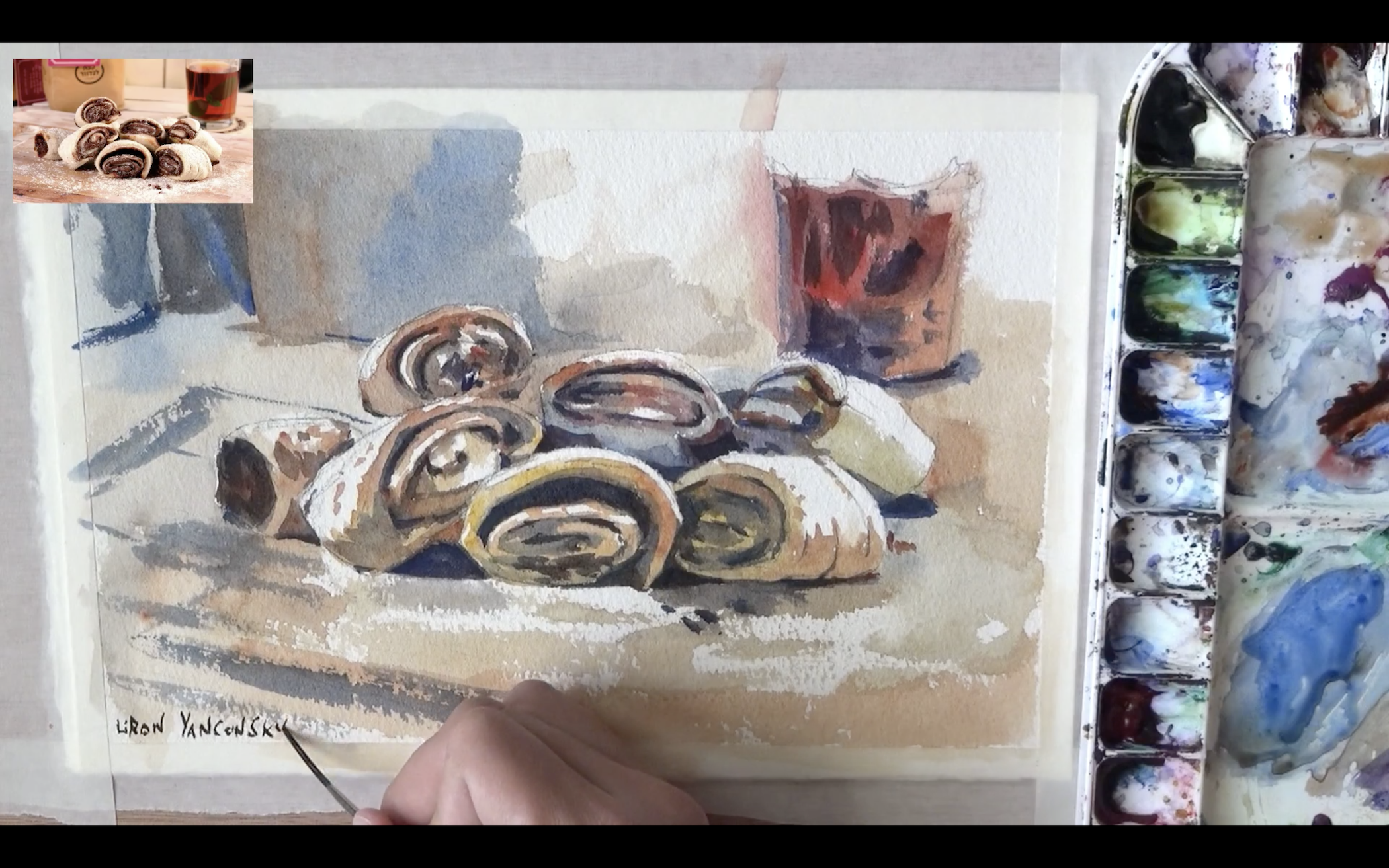Podcast: Play in new window | Download
Hi there, Liron again here! Today I want to share with you my recent YouTube experiment – posting only real-time narrated painting tutorials – and talk about the results.
Let’s get going!
YouTube Experiment
Over the last few months, many viewers mentioned how what they are missing are full painting tutorials. Meaning – they didn’t want time-lapse vids. They wanted to hear my thoughts as I painted.
Following these requests, I decided to give this a try for six videos, which are two weeks.
This means that for the past two weeks, I’ve been only posting longer (40+ minutes) tutorials.
Feedback I Got
The vast majority of feedback was very positive. People were commenting how hearing my thought process is really useful, and how real-time allows them to follow along the action.
On the other hand, there were probably one or two comments saying how the videos are too long, and how they preferred shorter vids.
Results on YouTube
This is more about my YouTube analytics. I noticed several interesting things here.
First, one of the videos has done really well, gaining over 10K views. This is a lot for me, as I average at around 2K views, I would say.
Aside from that one, two other videos show some promise, and will perhaps gain more views with time.
I did see an immediate increase in watch time, which makes sense – as I was posting much longer videos.
But with that, there were also more views in general. This could be attributed to the 10K views video, but I’m not sure about that.
Also, I did notice an increase in subscribers growth, which was very slow for a while now. I averaged for a while around 40-50 new subs a day, and then increase temporarily moved the average to around 70, with the peak at 100+.
These are great results.
YouTube Channel Future Direction
My main insight from this experience was that I MYSELF am interested in variety. After such a long time period of posting only these longer videos, I started craving making shorter videos.
Another insight was that you can’t please everyone, which is 100% okay. So I might as well do what interests me.
My plan is to now incorporate what I learned over the last two weeks into my routine. We’ll go back to the normal series (The Paint Show, Painting Masters), but I’ll also try and do at least 1-2 full processes every two weeks.
Conclusion
I hope this experiment pushed the needle a little more in the direction of me improving as an artist and a teacher. And I’ll keep you updated on future experiments and new ideas I get.
And now, it’s time for today’s Artist Corner!
Artist Corner
In this episode I talked about Jasmine Huang, an incredible Taiwanese watercolor painter.
Her paintings have a beautiful realistic vibe to them. She uses a very unique color palette and is very well-versed in wet-in-wet.
Coincidentally, she is also the wife of Chien Chung Wei, who I featured in a recent episode of Painting Masters. I believe I will dedicate an episode to her as well (:
The best place to check out here work would be Facebook:
Jasmine Huang on Facebook
Here’s where you can find me
Check out my YouTube Channel – Liron Yanconsky
Or ask me questions on Instagram – @LironYanIL or Snapchat – @LironYan3
I hope you enjoyed this one. Take care, and we’ll talk again really soon,
– Liron

